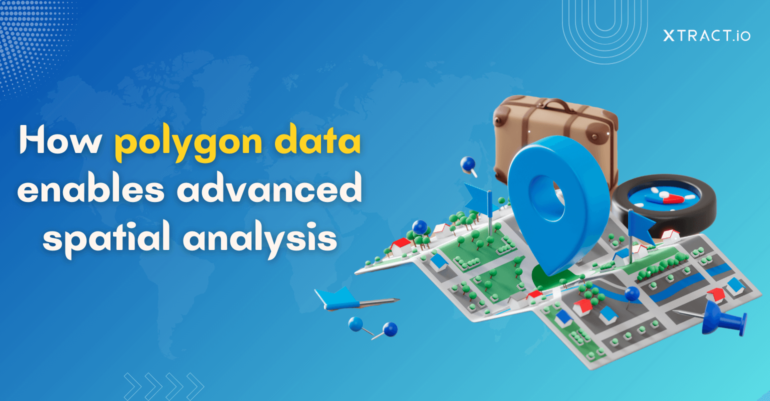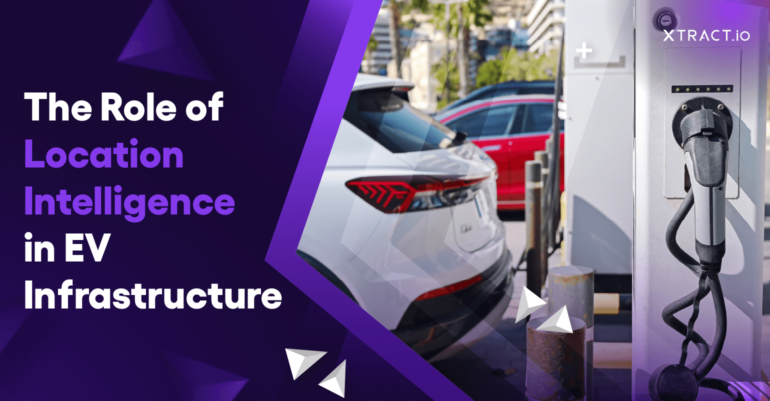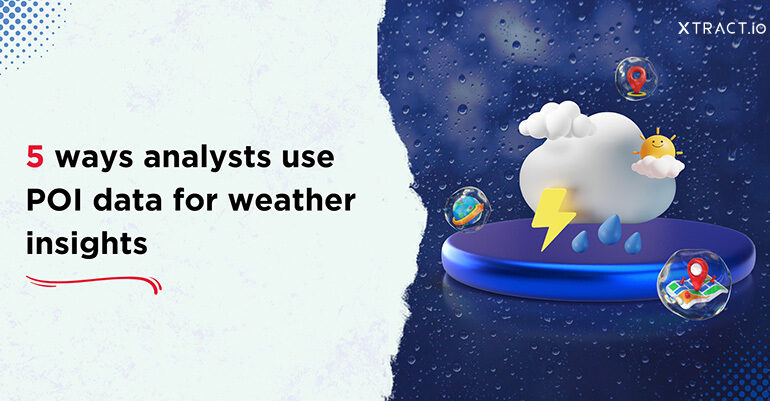Have you ever wondered how navigation apps predict the fastest route in heavy traffic or how your favorite location-based game immerses you in a virtual world seamlessly blending with reality? GIS (geographic information systems), once bound by static representations, is now evolving into a dynamic force driving innovation.
The traditional concept of maps and coordinates is undergoing a metamorphosis. GIS is no longer confined to static illustrations of geographic data; it’s becoming a dynamic, real-time location intelligence powerhouse. This blog delves into five transformative trends that are reshaping the future of GIS.
1. Spatial Data Integration
The heart of the GIS revolution lies in the seamless integration of spatial data. No longer confined to mapping coordinates, GIS is becoming a hub for a myriad of data sources, connecting geographical information with real-time inputs from various sectors. One popular example is Uber, which employs GIS to optimize ride-sharing routes based on live traffic data, ensuring a more efficient and timely service.
78% of organizations reported significant improvements in their decision-making processes after implementing spatial data integration. This integration seamlessly combines location data, the backbone of spatial intelligence, with geometry data, adding depth and complexity to spatial analysis. Geometry data enables architects and planners to visualize structures refining precision in designs. The inclusion of Points of Interest (POI) data enriches spatial context by identifying key landmarks and critical infrastructure. In emergency response scenarios, the real-time integration of GIS with data aids quick and efficient responses.
2. 3D Mapping and Visualization
The days of two-dimensional maps are numbered. The rise of 3D mapping and visualization is altering our spatial perception. The global 3D mapping and modeling market is projected to grow from 5.4 billion in 2023 to 11.8 billion in 2028, at a CAGR of 17.2%.
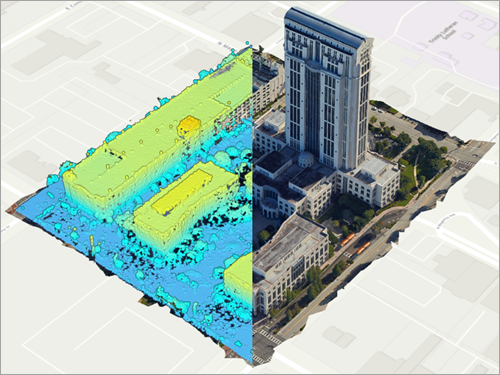
Beyond the familiar landscapes of Google Earth, applications in virtual and augmented reality are taking GIS to new heights. ArcGIS Urban, for instance, enables city planners to visualize proposed developments in 3D, allowing for a more comprehensive assessment of their impact on the urban landscape.
3. Machine Learning and AI in GIS
The synergy between GIS and Machine Learning (ML) and Artificial Intelligence (AI) revolutionizes predictive analysis. Many companies are leveraging AI algorithms to process satellite imagery for agricultural predictions, transforming precision farming practices. The ability to analyze vast amounts of satellite data enables farmers to optimize irrigation, monitor crop health, and predict yields with unprecedented accuracy.
Machine learning algorithms, utilizing both historical and real-time data, have the capability to
analyze complex interactions within ecosystems. These models can predict how forests will respond to climate variations, helping scientists and conservationists make informed decisions about forest management and biodiversity conservation. This approach is not only crucial for understanding the current state of our environment but also for developing strategies to mitigate the impacts of climate change.
The predictive power of AI-infused GIS is unraveling new layers of insights, empowering industries to make informed, efficient, and environmentally conscious decisions.
4. Cloud and mobile-based GIS
In a world that’s constantly on the move, GIS is adapting to the rhythm of our dynamic lives. Cloud-based GIS platforms facilitate real-time collaboration and data accessibility from anywhere. Simultaneously, mobile GIS applications empower field workers with instant data collection and updates, revolutionizing the way data is collected and utilized in the field.
Mapbox’s mobile SDKs are transforming how developers integrate GIS capabilities into mobile applications, ranging from navigation to location-based gaming. Whether it’s a logistics company optimizing delivery routes, a ride-sharing app refining its navigation algorithms, or a gaming developer creating an augmented reality experience, Mapbox’s mobile SDKs provide the foundation for embedding GIS capabilities into diverse applications. The result is a more connected, location-aware, and dynamic user experience.
As mobile GIS applications evolve, we can anticipate even greater innovations in asset management, environmental monitoring, and disaster response. Fieldworkers equipped with mobile GIS tools can collect and update spatial data on the fly, leading to more informed decision-making and improved overall operational efficiency.
5. Geospatial Blockchain
The integration of blockchain technology with GIS is forging a new era of secure and verifiable spatial data. Anticipated to experience a compound annual growth rate (CAGR) of 87.7% from 2023 to 2030, the size of the global blockchain technology market is projected to achieve USD 1,431.54 billion by 2030. Apart from safeguarding financial transactions, blockchain guarantees the authenticity and openness of geospatial information. Real estate platforms use this blockchain technology to streamline the property buying process, providing a secure and transparent ledger for all transactions.
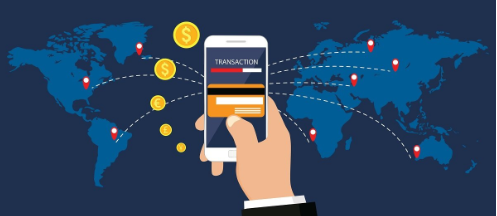
As GIS transcends its traditional boundaries, these five trends are at the forefront of a geospatial revolution. They collectively reshape our understanding of space and provide new avenues for innovation and discovery. The future of GIS is dynamic, interconnected, and full of possibilities. From optimizing emergency response systems to transforming urban planning through 3D visualization, GIS is not just a tool for maps and coordinates but a transformative force driving decision-making across industries. To know more about location intelligence and make geographic driven decisions in your business, check out: LocationsXYZ, an ideal POI database.




